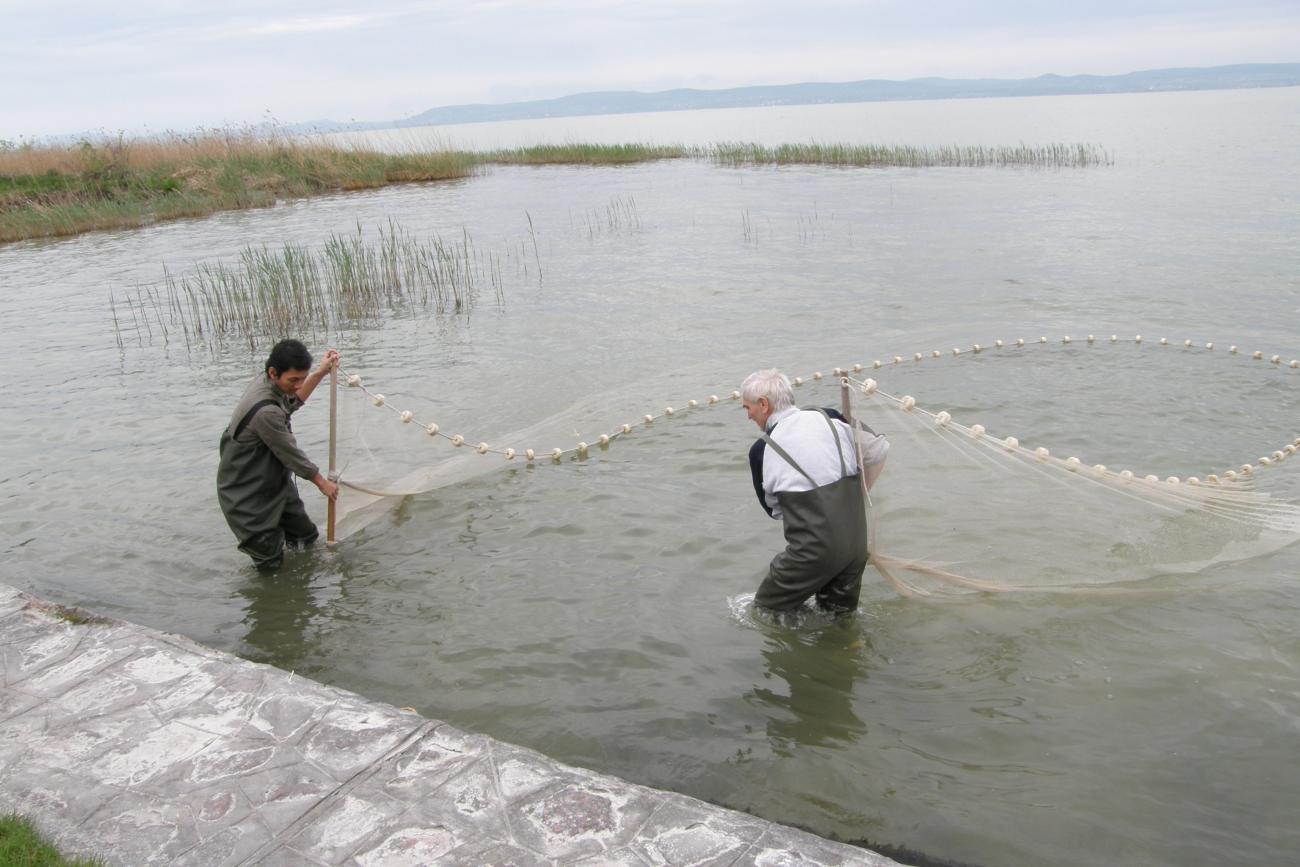
Fish-parasitological monitoring of Lake Balaton and its tributaries
For several decades, and thus also in the current research project, we have been conducting regular examinations to monitor the health status of fish species living in Lake Balaton. This monitoring can sometimes help us predict risks such as e.g. the massive eel mortalities that took place in earlier years. Besides the parasitological monitoring of the most important fish species of Lake Balaton and its tributaries, in the present research cycle we are focusing on the insufficiently elucidated areas as well as newly emerging, timely issues. We study the development, histotropism and molecular biological characteristics of myxosporean parasites of the pikeperch, bream and common carp by comparative biological, experimental, pathological and molecular techniques. We conduct investigations of Lake Balaton snails for infections with cercaria, with particular regard to those of blood flukes. We are monitoring the parasitic infections of invasive fish and mollusc species appearing in Lake Balaton and the potential negative environmental impacts occurring as a consequence of these. We monitor the common carp stock of Lake Balaton in order to detect the possible appearance of the cestode species Atractolytocestus huronensis that has already been introduced into the Hungarian fish farms, and to determine its potential pathological effects. We study the appearance of the cestode species Ligula intestinalis in new fish hosts and its effect on the body condition of the fish hosts. In addition, we are monitoring the steadily shrinking eel population and the paratenic fish hosts for swimbladder inflammation caused by the nematode Anguillicoloides crassus.
Gábor Majoros Dr., University of Veterinary Medicine, Budapest